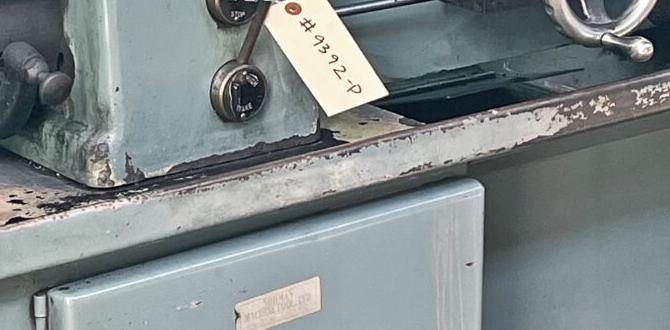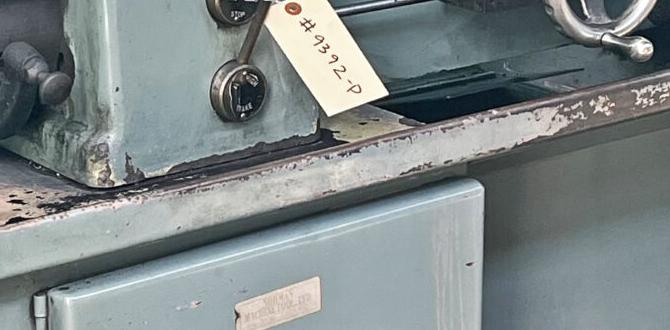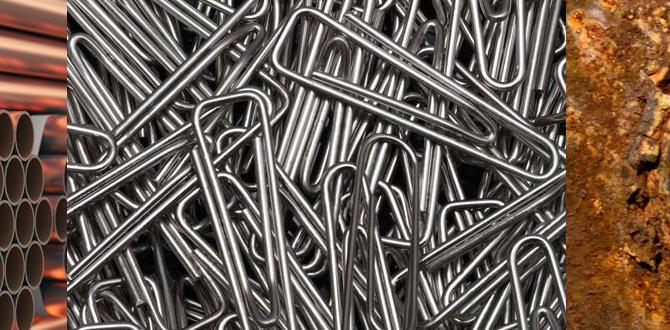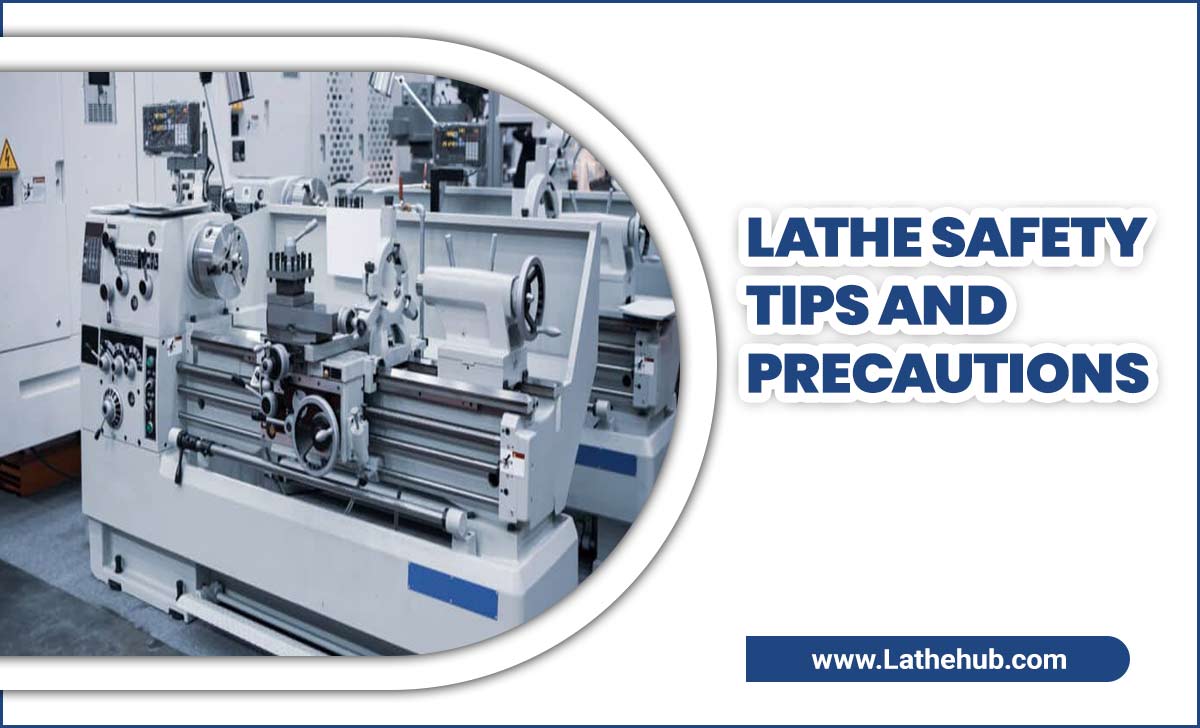Lathe machines are essential tools in the manufacturing industry, used for shaping and cutting a wide range of materials with precision and accuracy. These machines are significant in producing various products, ranging from simple household items to complex machinery parts.
Due to their critical function, keeping these machines in optimal condition is essential to ensure efficient and reliable performance. Regular maintenance of lathe machines is crucial in achieving this goal, as it not only prolongs their lifespan but also ensures the quality and consistency of the products produced. We will delve into the various aspects of maintenance for lathe machines and discuss why it is a crucial aspect of their upkeep.
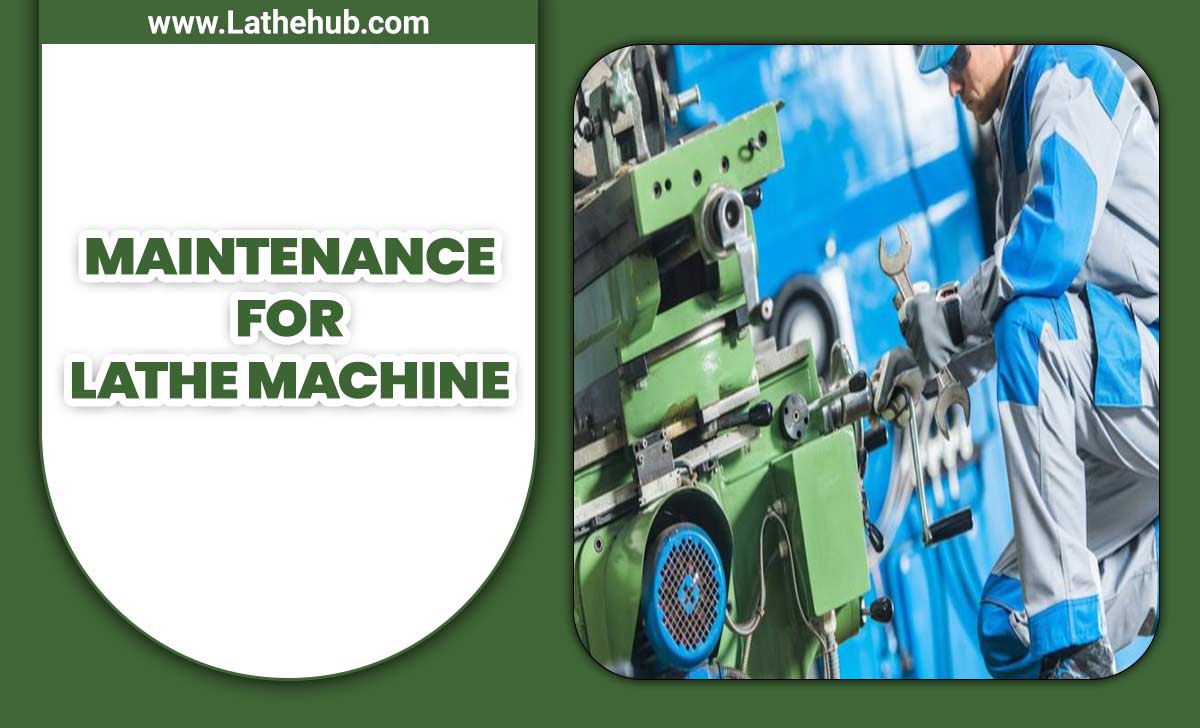
Understanding The Components Of A Lathe Machine
A lathe machine is a versatile tool used in machining processes. One of its important components is the coolant tank, which helps to cool and lubricate the cutting tools during operation. This ensures increased efficiency and longevity of the tools. The machine is typically made of sturdy materials like metal, providing stability and durability.
With its various components working together, the lathe machine enables precise and accurate shaping and cutting of materials for various applications. Understanding these components is crucial for operating and maintaining the lathe machine effectively.
9 Tips For Maintenance For Lathe Machine
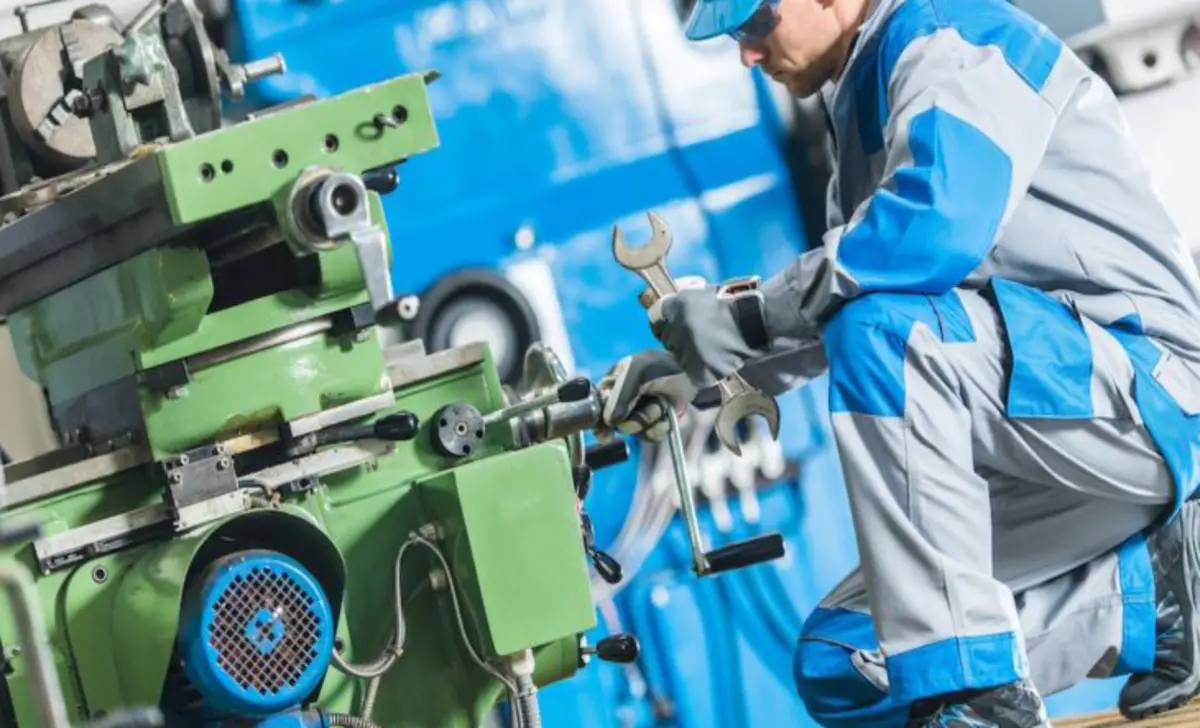
Regular maintenance of lathe machines plays a pivotal role in guaranteeing optimal performance. Operators can identify and address potential issues by conducting routine inspections, Cleaning, and lubrication before they escalate into major problems. This proactive approach minimizes unplanned downtime and allows for uninterrupted production, increasing productivity and customer satisfaction. Here, we discuss how to maintain the lathe machine.
1. Pre-Operational Maintenance
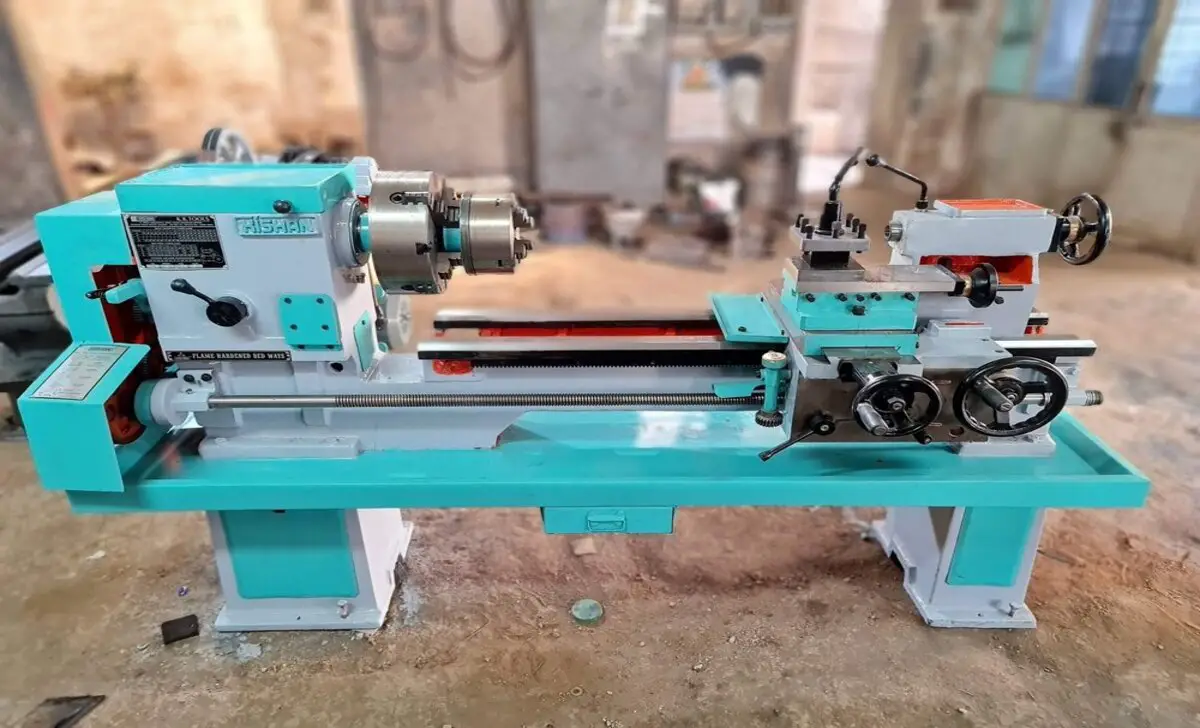
Understanding and conducting pre-operational maintenance helps identify and rectify any potential issues or defects in the lathe machine. By inspecting the machine thoroughly, operators can detect any wear and tear, loose screws, or damaged parts that may affect the machine’s performance.
Inspection Of Machine Components
During the inspection of machine components, addressing the lack of maintenance, specifically of the lathe machine, is crucial. It is important to check for any loose or damaged parts that may hinder its proper functioning. Additionally, verifying the proper alignment of various components is essential to ensure optimal performance.
Lastly, thorough lubrication of the machine’s moving parts should not be neglected to prevent wear and tear and prolong its lifespan. Taking these measures will significantly contribute to the overall efficiency and longevity of the lathe machine.
- Check for any loose or damaged parts
- Verify proper alignment of various components
- Lubrication of moving parts
Cleaning And Removal Of Debris
Implementing a preventive maintenance program is vital to ensure the smooth operation of a lathe machine. This program includes regular Cleaning and removal of debris and checking for any loose or damaged parts. It is crucial to verify the proper alignment of various components to prevent potential issues. Additionally, lubricating the moving parts is essential to minimize friction and extend the machine’s lifespan.
Inspection Of Coolant And Lubrication Systems
During the Inspection of the coolant and lubrication systems for the lathe machine, it is important to carefully check for any loose or damaged parts that may affect its performance. Additionally, it is crucial to ensure the proper alignment of various components to avoid any disruptions or potential issues. Proper lubrication of the moving parts is also essential to ensure smooth operation and prevent excessive wear and tear.
2. Operational Maintenance
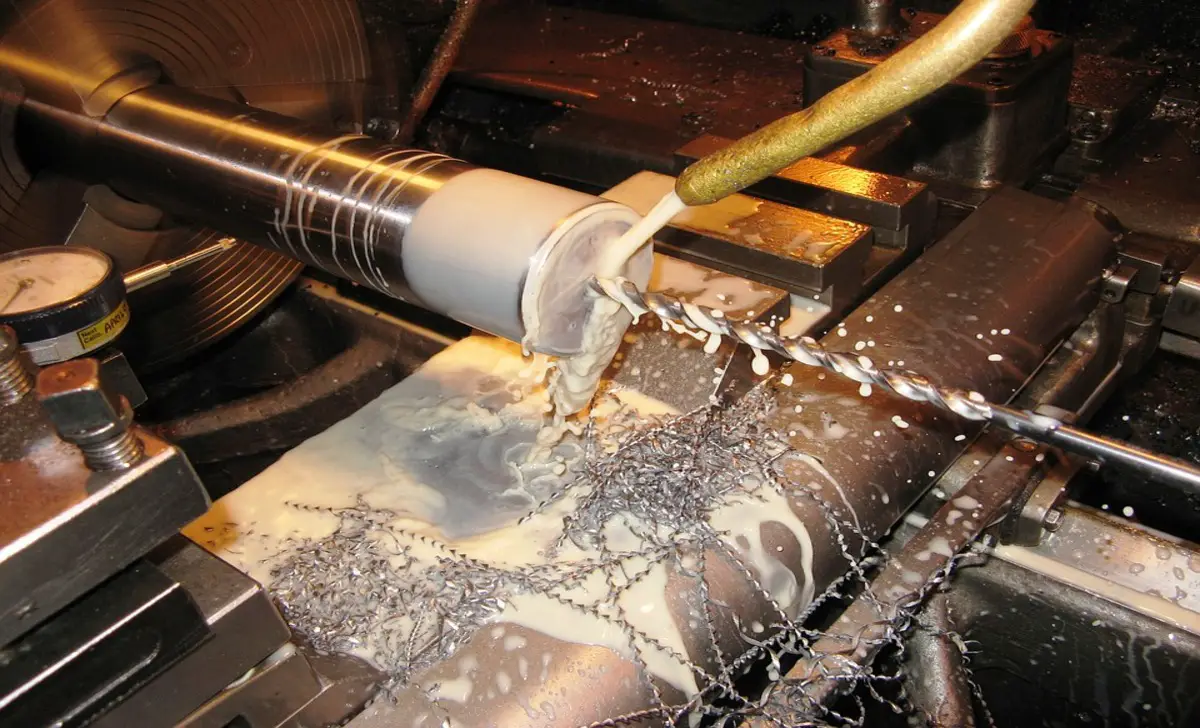
Operational maintenance for a lathe machine involves several important tasks. Firstly, regular Cleaning and lubrication are necessary to ensure smooth operation. The belts, gears, and pulleys should be inspected and adjusted to maintain proper functionality.
The cutting tools should also be monitored and replaced when necessary to ensure efficient performance. The spindle and chuck should undergo regular inspections to check for any signs of wear or damage. Calibration of measurement instruments is also crucial to maintain accuracy. Lastly, monitoring machine vibrations and noise levels is important to detect potential issues or abnormalities.
3. Preventive Maintenance
Scheduled maintenance tasks include cleaning, checking for loose screws, and inspecting belts. Worn-out parts must be replaced promptly to avoid breakdowns. Following a lubrication chart and schedule keeps the machine running efficiently. Periodic alignment and calibration are crucial to maintain accuracy. Additionally, regular inspections of electrical systems are necessary to identify potential issues and prevent electrical failures.
4. Daily Maintenance Checklist For A Lathe Machine
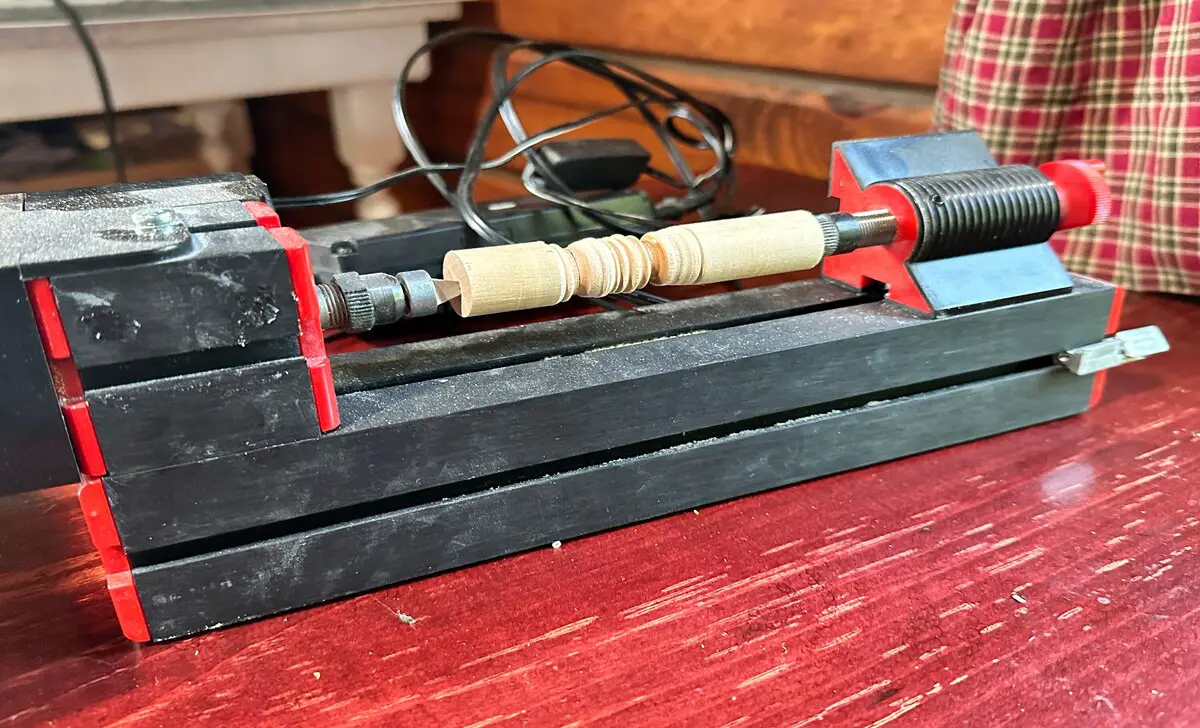
To ensure a lathe machine’s optimal performance and longevity, it is essential to follow a daily maintenance checklist. This includes regular lubrication of all moving parts to reduce friction and wear. Cleaning the machine thoroughly and removing debris also helps prevent clogs or damage. It is also important to check and tighten belts and fasteners to maintain proper tension and stability. Regularly completing these maintenance tasks allows the lathe machine to operate smoothly and efficiently.
5. Weekly Maintenance Tasks For A Lathe Machine
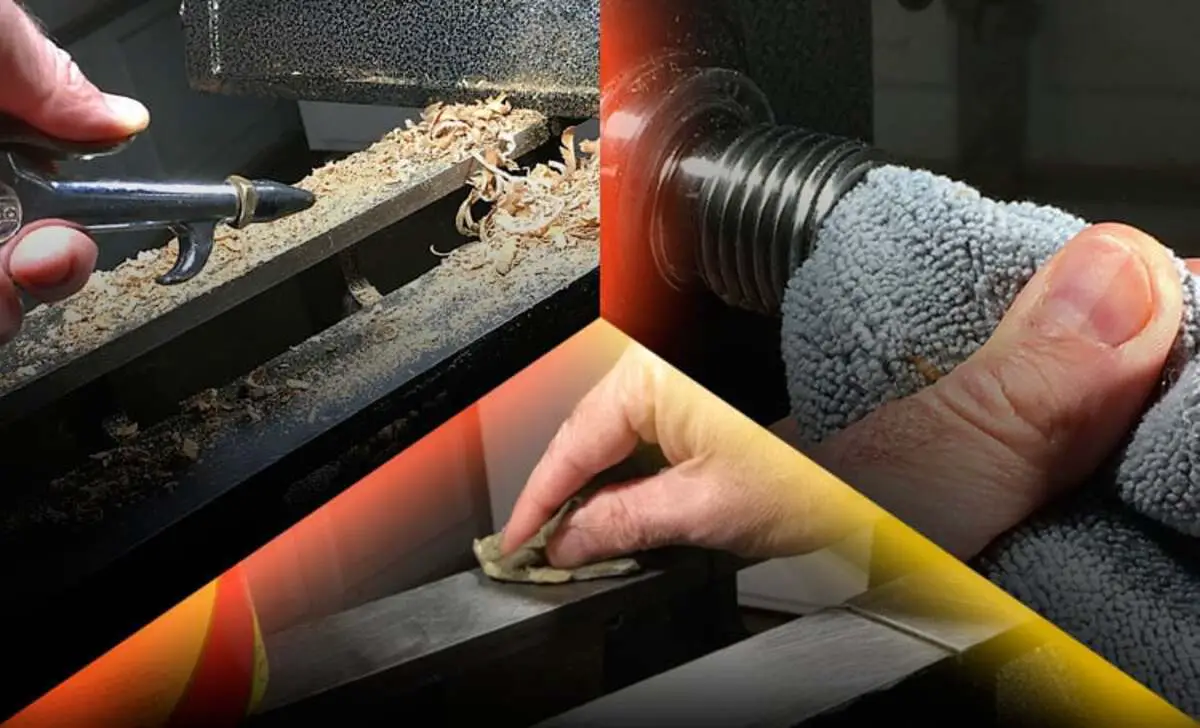
Performing regular maintenance tasks for a lathe machine is crucial for its optimal functioning. These tasks include inspecting and replacing cutting tools to ensure precision in machining operations. Additionally, checking and adjusting the tailstock alignment guarantees accurate workpiece positioning. Calibrating the spindle speed and feeds further enhances the machine’s performance, ensuring smooth and efficient turning processes.
6. Monthly Maintenance Procedures For A Lathe Machine
Monthly maintenance procedures for a lathe machine involve several important steps. Firstly, cleaning and inspecting the coolant and filtration system is crucial to ensure it is functioning properly. Secondly, checking and aligning the chuck and tailstock is necessary for precise machining.
Lastly, inspecting and maintaining the electrical system is vital to prevent malfunctions or hazards. Regularly carrying out these maintenance tasks helps to ensure the lathe machine operates smoothly and efficiently.
7. Annual Or Biannual Maintenance For A Lathe Machine
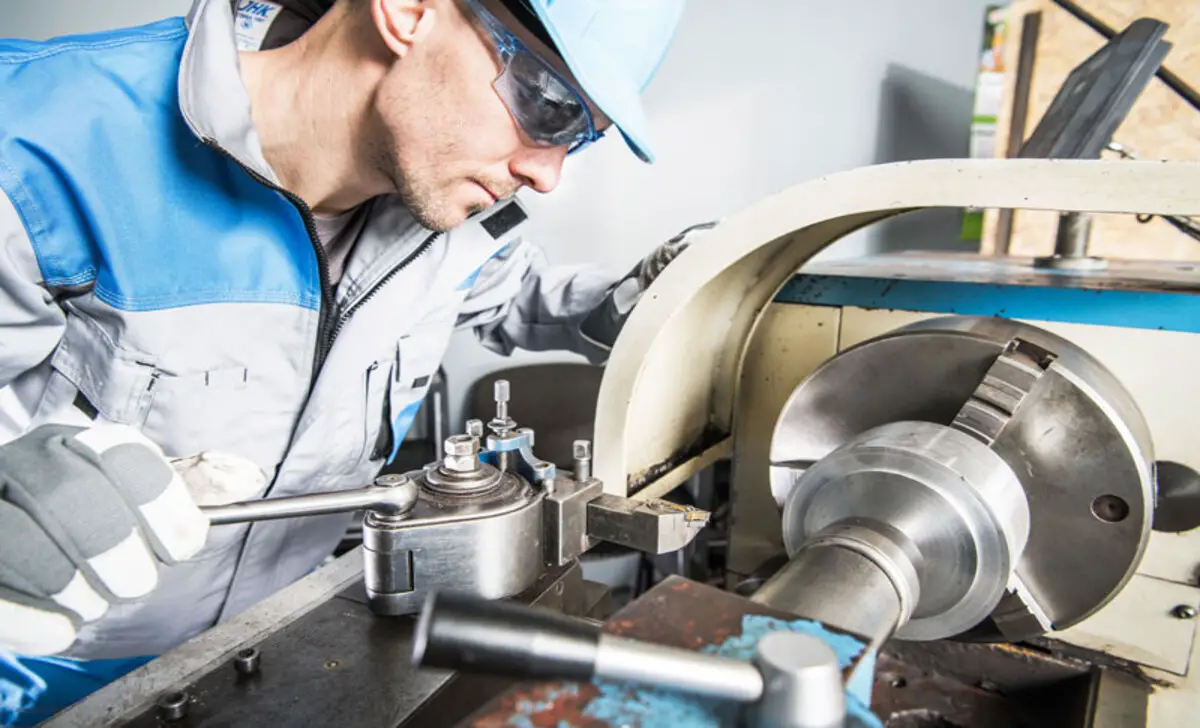
For regular maintenance of a lathe machine, it is recommended to perform annual or biannual maintenance. This includes disassembling and cleaning the headstock and gearbox to remove any dirt or debris affecting its performance. Additionally, inspecting and replacing worn-out or damaged parts is important to ensure optimal functionality. Finally, testing and adjusting the machine’s accuracy and precision is crucial to maintain its efficiency and productivity.
8. Troubleshooting Common Issues With The Lathe Machine
Maintenance is important for troubleshooting common issues with the lathe machine. Firstly, it is important to identify and resolve any vibration problems that may arise during operation. Secondly, addressing excessive noise or chatter is essential for smooth and efficient performance. Lastly, resolving accuracy and alignment problems is necessary for producing precise and high-quality workpieces.
- Check belts and replace them if worn.
- Inspect cutting tools and replace/sharpen them as needed.
- Lubricate spindle and gears.
- Securely clamp and align the workpiece.
- Check electrical connections and switches.
- Address vibration/chatter issues.
9. The Benefits Of Regular Maintenance For A Lathe Machine

Regular lathe machine maintenance is crucial for optimal performance and longevity. One can prevent excessive wear and tear by regularly inspecting and lubricating the components, such as the gears and bearings.
Additionally, cleaning the machine and ensuring proper alignment can enhance its accuracy and precision. Overall, investing time and effort in regular maintenance can minimize downtime, reduce repair costs, and maximize the productivity and efficiency of the lathe machine.
- Increased machine lifespan
- Improved performance
- Enhanced safety
- Cost savings
- Consistent productivity
- Compliance with regulations
Conclusion:
Proper maintenance is crucial for a lathe machine’s efficient and safe operation. Proper maintenance is not only important for the efficient and safe operation of a lathe machine but also essential for keeping it running at its maximum potential. Neglecting maintenance can result in a decrease in productivity and accuracy, as well as an increase in downtime and repair costs.
You can ensure its longevity and accuracy by regularly inspecting and cleaning the machine, following the manufacturer’s guidelines, and seeking professional assistance when needed. Neglecting maintenance can lead to costly repairs and potential safety hazards. Remember, investing time and effort into maintenance now can save time and money and potentially prevent accidents in the future.
FAQ:
1.Why Is It Important To Clean A Lathe?
It is important to clean a lathe because regular Cleaning helps maintain the machine’s performance and longevity. Dust, debris, and metal shavings can accumulate on the lathe, affecting its accuracy and causing wear and tear on its components.
2.What Is The Principle Of Turning?
The principle of turning refers to the concept of changing direction or rotating an object. It involves applying a force or torque to an object to cause it to move in a different direction.
3.When Does The Lathe Vibrate?
The lathe vibrates when there is an imbalance in the rotating components, such as the workpiece or the cutting tool. Uneven material distribution, incorrect installation, worn-out bearings, or improper tool alignment can cause this.
4.What Is Mechanical Maintenance?
Mechanical maintenance refers to the tasks and procedures that ensure the proper functioning and upkeep of mechanical systems, equipment, and machinery.
5.Why Is Knurling Used?
Knurling is used to improve grip and provide a textured surface on objects such as tools, handles, and knobs. It creates small diamond-shaped ridges on the surface, which enhance friction and prevent slippage.7

